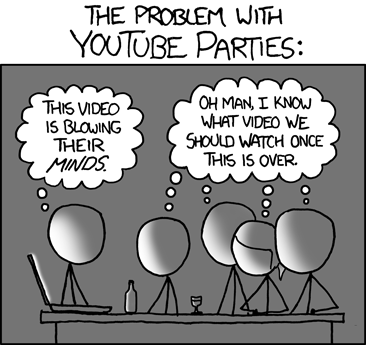In the past, ICT has been excluded from the art classroom in favour of more traditional hands-on techniques. Although this remains the most important medium in the contemporary artroom, the integration of ICT not only fulfils an important role, but is also integral to students’ learning. In circumstances I’ve witnessed, schools and teachers have been hesitant to embrace new technology. To address this, we are going to introduce a few new techniques that can be achieved with computers that not only teach students new skills for the 21st century, but also assist with extending the learning possibilities of the students beyond what can be achieved with traditional materials and techniques.
ICT, when integrated into the curriculum successfully, brings a host of advantages to the learning of the students, both in the technical aspects of learning ICT skills that can be applied to industries such as web design, architecture, media design, advertising and any other creative profession, and also to the learning process itself, where ICT can give students an authentic audience, and a contemporary, relevant connection to their work and the works of other students around the globe.
Many of you will be familiar with the advantages of using ICT in schools [in other discipline areas]. We are going to focus on some specific examples of how to use interactive technology in the art classroom. Many of these examples can also be applied to other areas, and would work well in open learning areas or cross-discipline curriculums.
As an initial foray into the world of interactive ICT drawing programs, I have some examples of Google Sketchup to show you. Programs such as Sketchup are the perfect platform to ease students into more complex programs such as CAD or Illustrator, as they introduce basic principles relatively simply.
In art classes in early high school, students spend some considerable time drawing concept designs for 3D objects, and many students struggle to understand concepts such as plan views, perspective, and subsequent angle differences in their drawings.
Grappling with how to translate a 2D image into a 3D image is perfectly facilitated by Google Sketchup in 2 ways:
- 1. Introducing the concept of planes and allowing students to easily maneuver around 3 dimensions
- 2. Allowing the students to use reduction methods
These two principles can actually assist learning in other learning areas. You can build them into your unit plans, students can use reductive methods to work out sculpture preparations, and present possible outcomes for folios
This blog (Link above) is an excellent of ICT used in the classroom for a real life context and not just an add-on. In this situation the teacher invites the students to use Google Sketch-Up to redesign their own classroom, but this is no ordinary exercise! The students are getting a say in a real life redesign, and the architects and teachers are going to take account of their opinions and suggestions when they start designing. This teacher has also used ICT to facilitate group work and has students allocated to monitoring discussion boards and invites comment threads.
ICT works in a way that doesn’t use expensive materials, can be easily started over, doesn’t use as much time, and can be a safe way of manipulating finished works of art, such as filling in colour samples or transitioning drawings from 2d to 3d.
This would speed up the cognitive development of students understanding the jump between the 2d and 3d plane, which is often conceptually difficult for students in younger years to develop.






